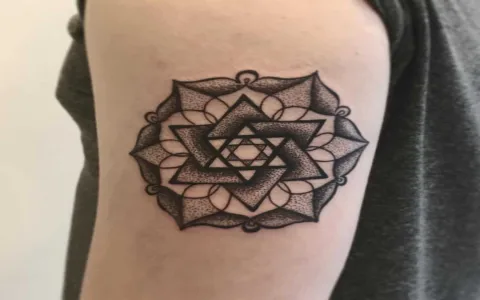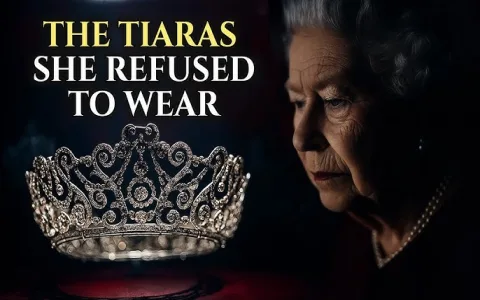Look, I know a star seems basic, right? Everyone wants one. It’s light, it’s guidance, it’s wishing on something. That’s what I thought too, until I dove headfirst into this black hole of symbolism. You see those tiny stars people get? They look sweet, but you have no idea how much trouble that little shape can get you into if you haven’t done your homework.
My journey started maybe five years back. I was ready to pull the trigger on some ink. I wanted a simple nautical star on my inner bicep—just a little compass rose for ‘always finding my way.’ I was sitting there, sketch in hand, and figured I should just double-check the history, just for fun. That ‘fun’ turned into a three-week research binge where I barely slept. I realized that the history of the star, even the simple five-pointed one, is a chaotic mess of sailors, secret societies, military ranks, and street lore.
The Deep Dive: Hunting Down Hidden Meanings
First thing I did was hit Google hard. I started with ‘nautical star meaning,’ which brought up sailors and punk rockers. Simple enough. But then I clicked on some dodgy history forums, the kind full of old dudes arguing about naval flags from the 1800s. I scrolled through hundreds of archived posts, trying to figure out where the split coloring came from. That simple black and white shading, which I thought just looked cool, actually relates to light and dark, North and South. That led me straight into the rabbit hole of prison ink—because the nautical star is heavily used in certain systems for protection or directional guidance post-release, depending on the orientation.
I spent days cross-referencing. I was looking at stars with five, six, seven, and eight points, realizing each extra point completely flipped the meaning. The six-pointed Star of David? Totally different from the six-pointed star used in old alchemical diagrams. I read through multiple books on regional gang signs I found digitized on some university library sites (don’t ask me how I navigated those archaic search interfaces). I printed off dozens of diagrams just to keep track of what angle meant what. Seriously, a five-pointed star pointed up is one thing; pointed down, it’s a whole different, often heavy, story tied to Satanism and reversal of virtues. I even tracked down old military insignia guides to see how different branches used star clusters to denote rank, which gave me an idea of how common that symbolism is globally.
What I Dug Up That Blew My Mind
I had to organize my findings because the sheer volume of conflicting information was driving me crazy. Here’s what surprised me the most:
- The Pentagram vs. Pentacle Mess: I wrestled with the difference. Most people use them interchangeably, but I tracked down old occult texts (the translated versions, obviously) that clearly defined the difference between the pentagram (the shape itself) and the pentacle (often the shape within a circle). Getting that orientation wrong is a big deal, spiritually or historically. My research showed that even a slight tilt can move a design from protection to provocation.
- Location, Location, Location: I discovered certain street affiliations use stars on specific joints—the elbow, the hand, the neck. I realized my ‘simple bicep star’ could easily be mistaken for something else depending on the city I was in. I read transcripts from tattoo artists who admitted they flat-out refuse certain star placements because of this ambiguity. I even found historical records of sailors getting tiny stars on their hands to denote number of voyages, but modern interpretation has totally hijacked that tradition.
- Sheer Number Matters: I noticed patterns in the historical records. A single star is guidance. Three stars might be religious (often the Holy Trinity in older styles). Seven stars? That’s heavy biblical weight related to the Book of Revelation, often referring to perfection or spiritual illumination. I had to draw charts just to map out how many points and how many stars correlated to specific mythologies I was studying, from ancient Babylonian astronomy to modern astrology.
I slammed the brakes on my tattoo plans immediately. My artist looked at me like I was nuts when I started showing him printouts of 19th-century maritime symbolism mixed with modern East Coast prison lore. I realized that a star is the ultimate ink paradox: simple to draw, impossible to fully understand. I was shocked at how much permanent baggage one tiny, seemingly universal shape carries.
So now, whenever someone casually throws out the idea of getting a star, I jump in like a nervous mother hen. I spent so much time pulling apart this seemingly basic symbol that I feel obligated to share the ugly truth. Don’t just Google “star meaning.” Dig deep. Find out what that specific star means—the number of points, the color, the orientation, the size—on your specific body part in the specific city you live in. Trust me, spending a week researching is way cheaper and less painful than spending a lifetime explaining why your ‘simple wish star’ means you’re affiliated with something you definitely aren’t.















